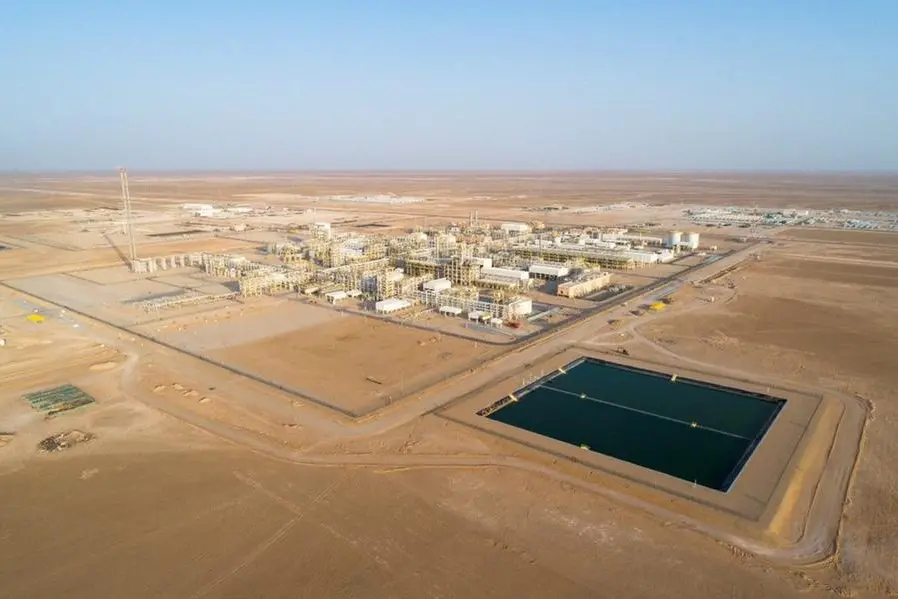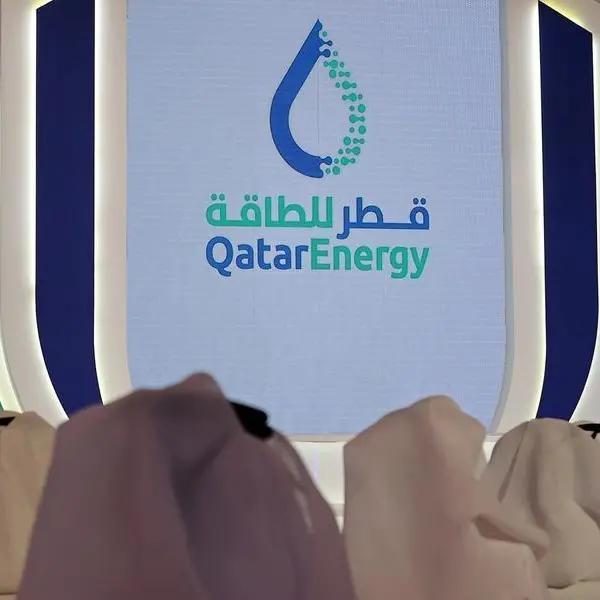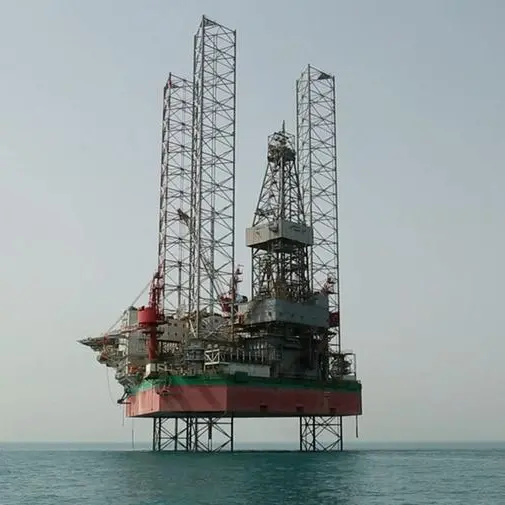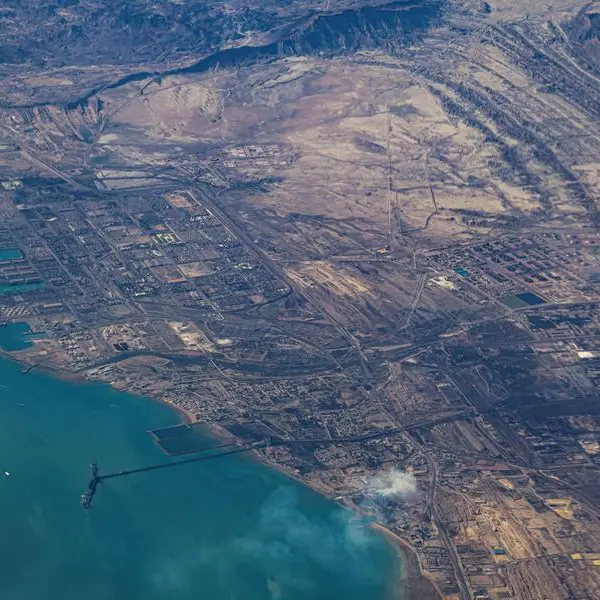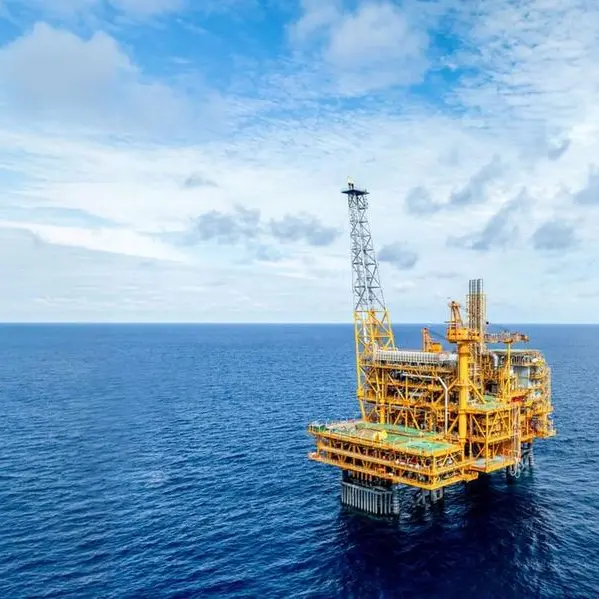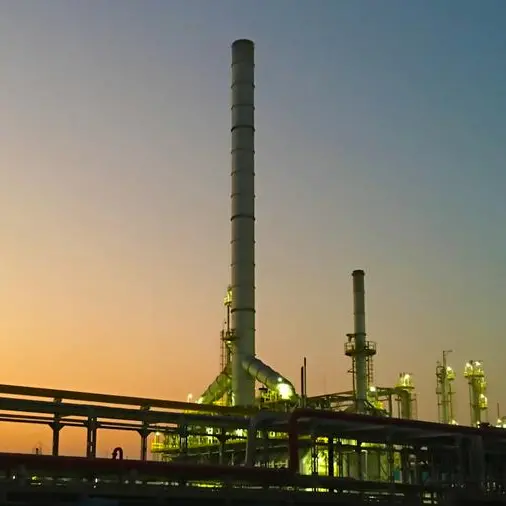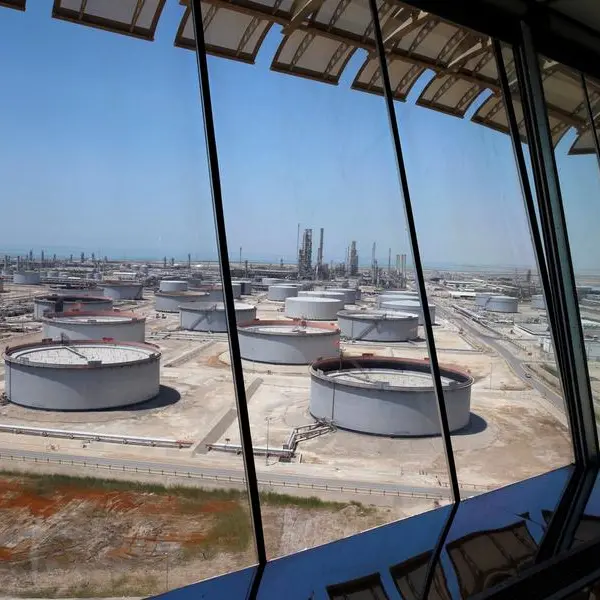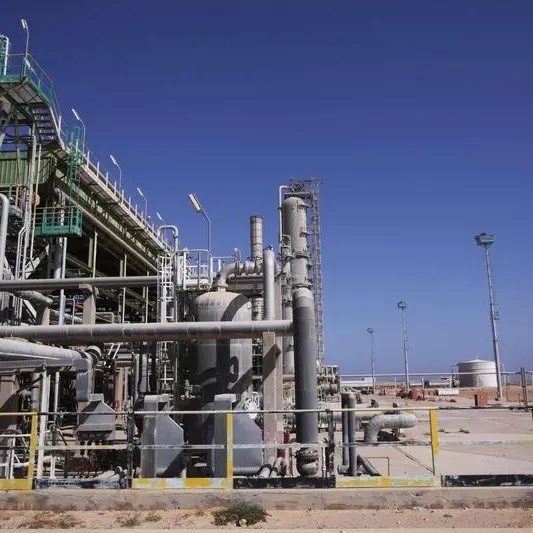PHOTO
Petroleum Development Oman (PDO) has identified several projects to halve its greenhouse gas (GHG) emissions by 2030 [from a 2019 base] as part of its goal to become a net-zero business by 2050, a top official said.
Mohammed Al-Ghareeb, PDO’s External Affairs and Communication Manager told Zawya Projects that PDO’s goals are aligned with Oman’s national target of net-zero carbon emissions by 2050 announced in October.
He said company’s decarbonisation roadmap includes several projects to achieve the 2030 interim target.
“Much of [our] focus will be on the biggest source of emissions, which is power generation. That’s an area where we would like to [give] more attention, more focus,” he said.
Renewable energy projects together with gas flaring, production water management and energy efficiency projects helped PDO cut 0.17 million tonnes of carbon dioxide emissions and 3.14 million tCO2e per annum from Business As Usual (BAU) figure in 2021, the national oil company had said in its latest sustainability report.
PDO’s objective is to derive 30 percent of its power capacity from renewable sources by 2025.
New renewable energy projects being considered, according to the report, include a 100-megawatt (MW) solar power project, which will combine photovoltaic (PV) with battery storage; a wind farm, which is slated to be commissioned by the first quarter of 2024 and rooftop solar projects at PDO’s Mina Al Fahal (MAF) headquarters and Ras Al Hamra (RAH) residential development.
Al-Ghareeb pointed out that PDO has also set flare reduction targets as part of its commitment to the World Bank ‘Zero Routine Flaring By 2030’ initiative.
The gas company flared 22 percent in 2021 compared to 2020, a reduction of around 210,000 tonnes CO2e.
Other decarbonisation projects being pursued by PDO include converting its gas-fuelled open cycle fleet of power plants into combined cycle; energy efficient retrofits in its buildings and facilities; installation of energy recovery devices in desalination plants, reducing carbon footprint of Well and Reservoir Management (WRM) systems, and energy-efficient treatment of produced water.
“We will remain largely an oil and gas production company, but you will get it cleaner and cleaner… as we go along, the carbon intensity becomes minimum,” said Al-Ghareeb.
The PDO official pointed out that the company is working on linking its pioneering In Country Value (ICV) programme, launched in 2013 to localise oil and gas industry, to its energy transition strategy.
The ICV programme was launched in 2013 to retain more of PDO’s total spend and support Oman’s economic diversification.
“We are mapping out opportunities across the energy transition value chain, where we can increase and maximise the ICV along the value chain,” said Al-Ghareeb.
PDO’s ICV strategy encompasses four pillars, namely Goods and Services; Omanisation and training; Local contractors/SME development, and Social Investment.
“We did it in the past for oil and gas. We believe that renewables will provide the same opportunities as well,” he said
In goods and services, for example, PDO has realised 78 ICV opportunities since 2013 with a total investment value of $368 million, and more than 2,800 jobs. In 2021, the value retained in country from PDO’s activities rise to 38 percent from 34 percent in 2020.
(Reporting by SA Kader; Editing by Anoop Menon)
(anoop.menon@lseg.com)
